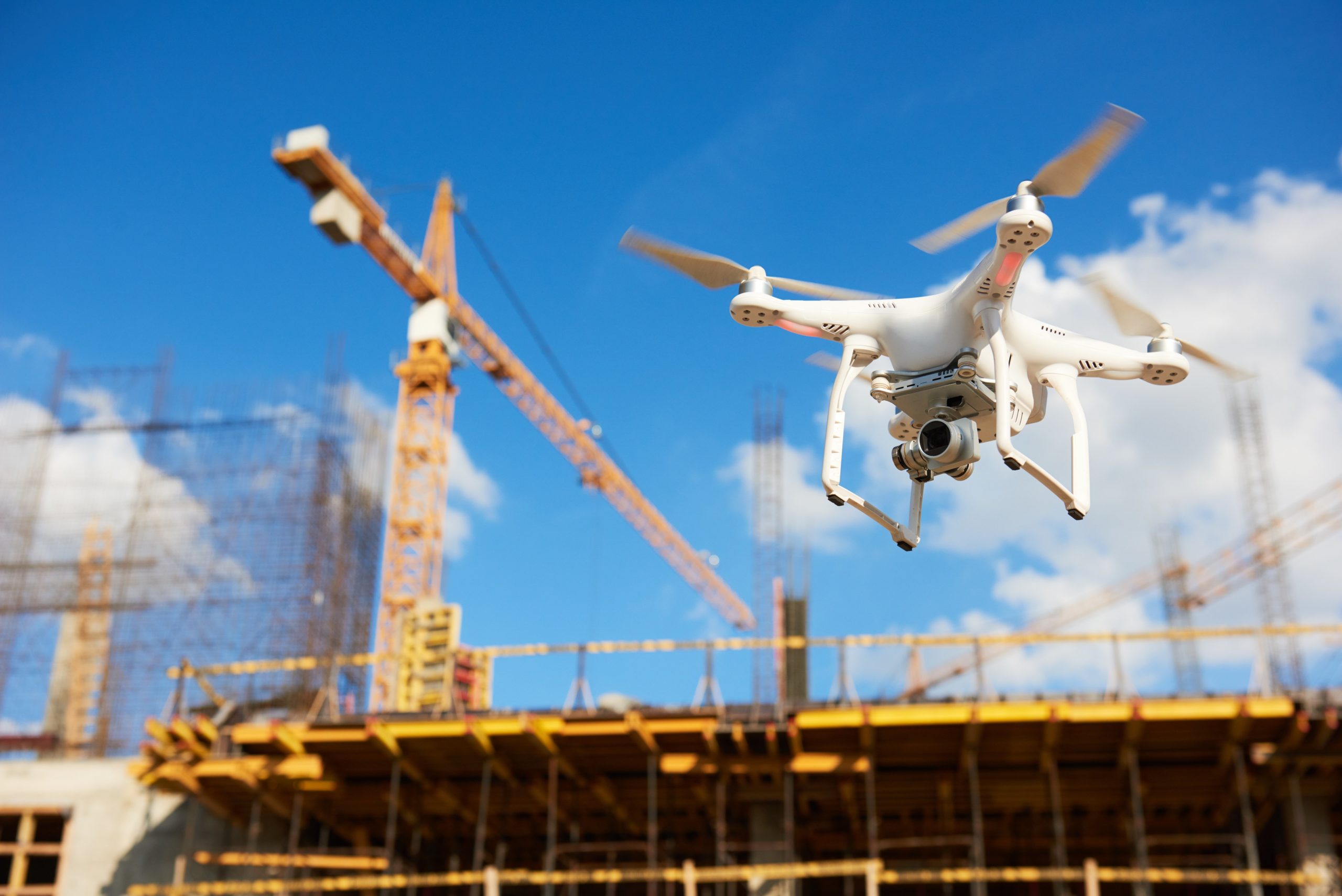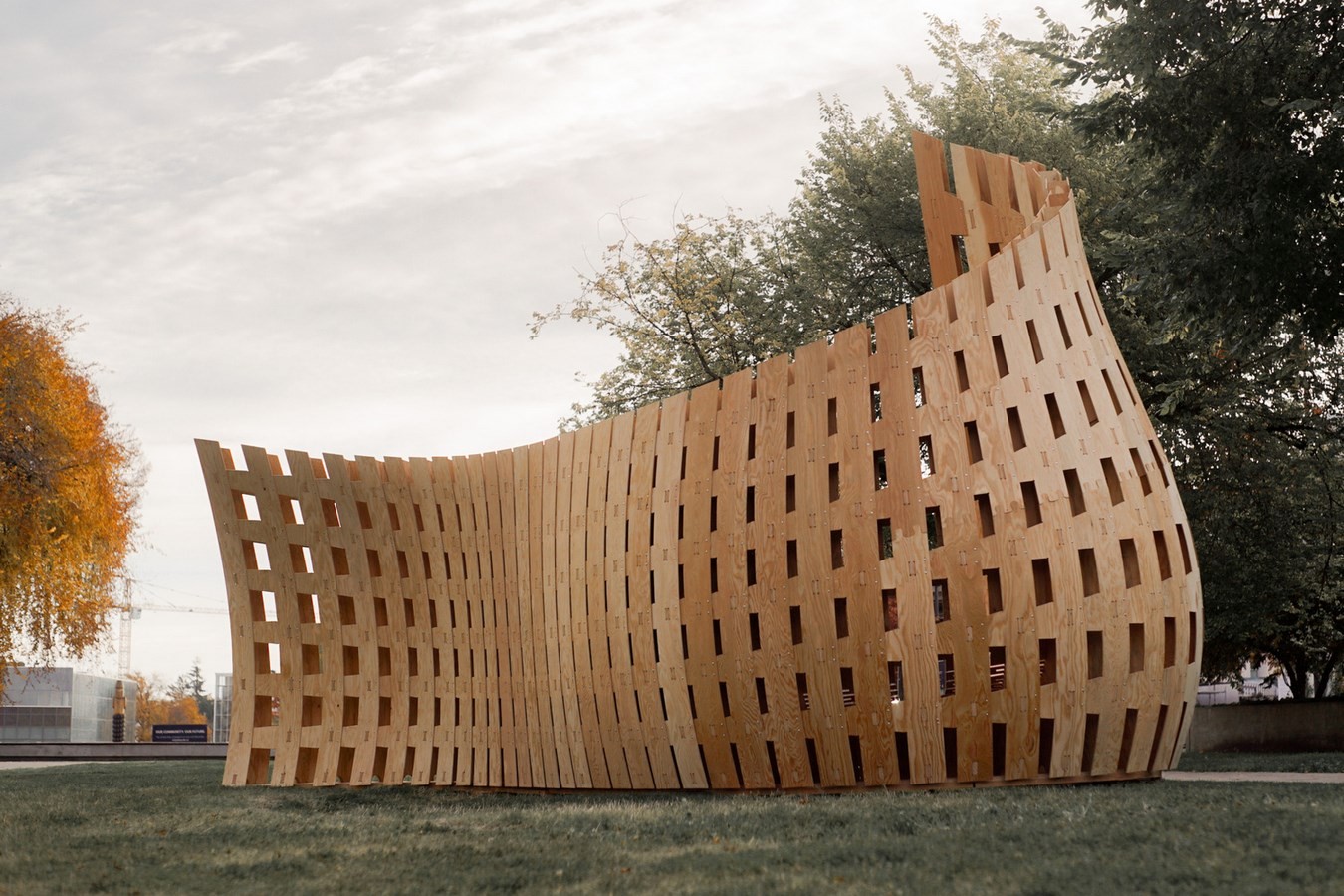Top 10 Best New-age Construction Technologies Companies in Europe 2023
Top 10 Best New-age Construction Technologies Companies in Europe 2023

New-age construction technologies are significant in several ways, as they are transforming the construction industry and making it more efficient, cost-effective, and sustainable. Here are some of the key benefits of new-age construction technologies: 
Increased efficiency: New-age construction technologies are making construction processes more efficient, reducing the time and resources needed to complete projects. For example, augmented reality (AR) and virtual reality (VR) technologies are enabling construction teams to visualize designs and identify potential issues before construction begins, reducing the need for rework and delays.
Cost savings: By reducing the time and resources needed to complete construction projects, new-age construction technologies are also helping to save costs. For example, 3D printing technologies are enabling construction companies to produce complex and customized components on demand, reducing the need for expensive tooling and inventory.
Sustainability: New-age construction technologies are also promoting sustainability in the construction industry, by reducing waste and minimizing environmental impact. For example, 3D printing technologies can use recycled materials and minimize waste in the production process, while modular construction technologies can reduce the carbon footprint of construction projects.
Improved safety: New-age construction technologies are also improving safety in the construction industry, by enabling construction teams to identify and mitigate potential safety hazards. For example, AR and VR technologies can simulate construction sites and help teams identify potential safety risks before construction begins, reducing the risk of accidents and injuries.
Prefabrication: Prefabrication involves the manufacture of building components offsite, which are then transported and assembled onsite. This method of construction reduces construction time, minimizes waste, and improves the quality of the building.
Modular Construction: Modular construction involves the manufacture of building modules offsite, which are then transported and assembled onsite. This method of construction is similar to prefabrication but involves the assembly of fully finished modules rather than individual building components.
Augmented Reality (AR): AR is a technology that allows users to view the real world with computer-generated enhancements. In the construction industry, AR can be used to overlay construction plans onto the actual construction site, allowing for better visualization and collaboration among project teams.
Virtual Reality (VR): VR is a technology that allows users to experience a computer-generated environment as if they were actually there. In the construction industry, VR can be used to simulate construction sites and designs, allowing for better visualization and collaboration among project teams.
Drones: Drones are unmanned aerial vehicles that can be used to capture high-quality images and videos of construction sites. These images can be used to monitor construction progress, identify potential problems, and improve collaboration among project teams.
Overall, new-age construction technologies are transforming the construction industry and creating a more sustainable, efficient, and safer built environment. As these technologies continue to evolve and become more widespread, we can expect to see even greater innovation and progress in the construction industry.
Here are the top 10 best new-age construction technologies companies in Europe:
3D Hubs: 3D Hubs is a company that provides 3D printing services for architects and engineers. The company uses state-of-the-art 3D printing technology to create precise models of buildings and structures, allowing architects and engineers to test designs before construction begins. 3D Hubs is a technology company that operates an online platform for 3D printing services. The company was founded in 2013 and is based in Amsterdam, Netherlands, with offices in the US and the UK.
3D Hubs’ platform connects users with a global network of 3D printing service providers, allowing them to easily and quickly access on-demand 3D printing services. The platform offers a range of materials and finishes, including plastics, metals, and ceramics, and allows users to upload their 3D models and receive instant quotes and feedback from service providers.
One of the key benefits of 3D Hubs’ platform is its ability to streamline the 3D printing process and make it more accessible to a wider range of users. With the platform’s intuitive interface and easy-to-use tools, users can quickly and easily order 3D prints without needing to invest in expensive equipment or undergo extensive training.
3D Hubs’ platform is also designed to promote sustainability and reduce waste in the 3D printing process. By connecting users with local service providers, the platform reduces the need for shipping and transportation of materials, which can have a significant environmental impact. In addition, the platform offers a range of materials and finishes that are designed to be recyclable and eco-friendly.
In addition to its online platform, 3D Hubs also offers a range of tools and resources to help users get the most out of 3D printing technology. This includes educational resources, design guides, and tutorials on 3D printing techniques and best practices.
Overall, 3D Hubs is an innovative and forward-thinking company that is democratizing access to 3D printing technology and promoting sustainability in the industry. With its global network of service providers and user-friendly platform, 3D Hubs is well-positioned to continue driving innovation and growth in the 3D printing industry.
Converge: Converge is a company that provides a platform for construction site monitoring and data analysis. The company uses sensors and cameras to collect data on construction sites and then uses artificial intelligence to analyze the data and provide insights into construction progress and potential problems. 
PlanRadar:PlanRadar is a software company that provides a cloud-based platform for construction and real estate project management. The company was founded in 2013 and is based in Vienna, Austria.
PlanRadar’s platform allows project managers, architects, engineers, and contractors to manage and track projects in real time, collaborate with team members, and monitor progress from any device. The platform offers a range of features, including task and issue management, defect tracking, site inspection reports, and document management.
One of PlanRadar’s unique features is its use of augmented reality (AR) and virtual reality (VR) technology, which allows users to visualize and interact with 3D models of buildings and construction sites. This helps teams to better understand project plans and identify potential issues before construction begins, ultimately reducing costs and improving project outcomes.
Overall, PlanRadar’s platform is designed to improve project communication and collaboration, streamline workflows, and reduce errors and delays, thereby improving project efficiency and profitability.
PlanRadar is a company that provides a cloud-based platform for construction project management. The platform allows users to create and manage project schedules, track progress, and communicate with stakeholders.
Vizrt: Vizrt is a company that provides real-time 3D visualization technology for the construction industry. The company’s technology allows architects and engineers to create realistic 3D models of buildings and structures, which can be used to visualize designs and make informed decisions during the construction process. 
DigiPara: DigiPara is a company that provides software solutions for elevator and escalator design. The company’s software allows architects and engineers to design and simulate elevators and escalators, making it easier to integrate them into building designs.DigiPara is a software company that provides solutions for the elevator industry. The company was founded in 1993 and is based in Germany, with additional offices in China and the United States.
DigiPara’s flagship product is called “Elevatorarchitect” which is specialized software for elevator design and planning. The software allows elevator engineers and architects to create 3D models of elevators, generate detailed technical drawings, and perform engineering calculations. It also provides a range of tools for optimizing elevator design, including speed and capacity analysis, energy efficiency calculations, and simulation of elevator traffic flow.
In addition to Elevatorarchitect, DigiPara also offers “BIM-Tools for Autodesk® Revit®”, which is a set of plug-ins for the popular building information modeling (BIM) software. These tools enable architects and engineers to design and plan elevators directly within Revit, eliminating the need for separate software or workflows.
Overall, DigiPara’s solutions are designed to streamline the elevator planning and design process, improve accuracy and efficiency, and enable better collaboration between architects, engineers, and elevator manufacturers.
Buildots: Buildots is a company that provides a platform for construction site monitoring and data analysis. The platform uses sensors and cameras to collect data on construction sites and then uses artificial intelligence to analyze the data and provide insights into construction progress and potential problems.Buildouts is a software company that provides construction technology solutions to the building industry. The company was founded in 2018 and is based in London, UK.
Buildouts offers a construction management platform that combines artificial intelligence (AI) and computer vision technologies to automate the monitoring and tracking of construction progress. The platform uses sensors and cameras to capture real-time data from construction sites, which is then analyzed by AI algorithms to provide detailed insights into the construction process. 
The Buildouts platform also offers a 3D digital twin of the construction site, allowing project managers to visualize the project in real-time and identify any issues that may arise during construction. Additionally, the platform provides automated reporting and progress tracking, enabling teams to easily identify delays or potential problems and take corrective action.
Overall, Buildots’ technology is designed to help construction teams optimize their processes, reduce delays and cost overruns, and improve collaboration and communication across the project team.
Magic Leap: Magic Leap is a company that provides augmented reality technology for the construction industry. The company’s technology allows architects and engineers to visualize designs in a 3D augmented reality environment, making it easier to make informed decisions during the construction process. Magic Leap is a technology company that specializes in augmented reality (AR) technology. The company was founded in 2011 and is based in Florida, USA, with offices in several locations around the world, including Europe.
Magic Leap’s primary product is its Magic Leap One headset, which uses AR technology to create immersive 3D experiences. The headset is equipped with sensors and cameras that track the user’s movements and allow virtual objects to be overlaid onto the real world. This allows users to interact with digital content in a way that feels natural and intuitive, and to see things in new and exciting ways.
The Magic Leap One headset has a wide range of potential applications, including in the construction industry. For example, architects and engineers can use the headset to visualize designs in a 3D AR environment, allowing them to better understand how a building will look and function in the real world. This can help to identify potential design flaws or areas for improvement before construction begins, saving time and money in the long run.
In addition to its AR technology, Magic Leap has also developed a range of software tools and development platforms that allow developers to create their own AR experiences. This includes tools for building and deploying AR applications, as well as an SDK that allows developers to create custom AR experiences using the Magic Leap One headset.
Magic Leap has attracted significant investment from a range of high-profile investors, including Google, Alibaba, and Andreessen Horowitz. The company has also formed partnerships with several major corporations, including AT&T and the NBA, to develop AR experiences and applications for a range of industries.
While Magic Leap’s technology is still relatively new and untested in the market, it has the potential to revolutionize the way we interact with digital content and the world around us. As the AR industry continues to grow, we can expect to see even more innovative and exciting applications of this technology in the construction industry and beyond.
Rebartek: Rebartek is a company that provides software solutions for rebar detailing and fabrication. The company’s software allows architects and engineers to design and detail rebar structures, making it easier to integrate them into building designs. 
Fologram: Fologram is a company that provides augmented reality technology for the construction industry. The company’s technology allows architects and engineers to visualize designs in a 3D augmented reality environment, making it easier to make informed decisions during the construction process. Fologram is a technology company that specializes in augmented reality (AR) solutions for the construction industry. The company was founded in 2016 and is based in Australia, with offices in the UK and the US. 
Fologram’s primary product is a software platform that allows architects, engineers, and construction professionals to create and manipulate 3D models in a collaborative AR environment. The platform uses AR technology to superimpose digital models into the real world, allowing users to see and interact with 3D models in a way that feels natural and intuitive.
One of the key benefits of Fologram’s technology is its ability to enhance communication and collaboration among construction teams. For example, architects and engineers can use the platform to share 3D models with construction workers on site, allowing them to better understand the design intent and identify potential issues before construction begins. This can help to improve the accuracy and efficiency of construction projects and reduce the risk of errors or rework.
Fologram’s software platform is compatible with a range of devices, including smartphones, tablets, and AR headsets such as the Microsoft HoloLens. This makes it accessible to a wide range of users and allows for flexible and scalable deployment across different construction sites and projects.
In addition to its software platform, Fologram also provides a range of training and support services to help users get up and running with the technology. This includes online tutorials, workshops, and consulting services to help construction teams integrate AR technology into their workflows.
Overall, Fologram is an innovative and exciting company that is pushing the boundaries of AR technology in the construction industry. With its focus on collaboration, communication, and ease of use, Fologram’s technology has the potential to transform the way we design, plan, and build structures in the future.
IrisVR: IrisVR is a company that provides virtual reality technology for the construction industry. The company’s technology allows architects and engineers to visualize designs in a 3D virtual reality environment, making it easier to make informed decisions during the construction process. IrisVR is a software company that provides virtual reality (VR) solutions for the architecture, engineering, and construction (AEC) industries. The company was founded in 2014 and is based in New York City.
IrisVR’s flagship product is called “Prospect” which allows AEC professionals to convert their 3D models into fully immersive VR experiences. This helps architects, engineers, and contractors to visualize and experience their designs in a more realistic way before they are built, making it easier to identify and resolve design issues early in the process.
In addition to Prospect, IrisVR also offers “Scope”, a software solution for creating and sharing 360-degree panoramic images and videos. This is particularly useful for capturing and sharing site inspections, progress reports, and marketing materials.
Overall, IrisVR’s products are designed to improve the efficiency and accuracy of the AEC industry by leveraging the power of virtual reality and immersive technology.
These companies are all pushing the boundaries of construction technology in Europe, providing innovative solutions to help architects, engineers, and construction professionals to design, plan, and build structures more efficiently and effectively. As the construction industry continues to evolve, we can expect to see even more new-age construction technologies emerge, further enhancing the way we design and build the world around us.




